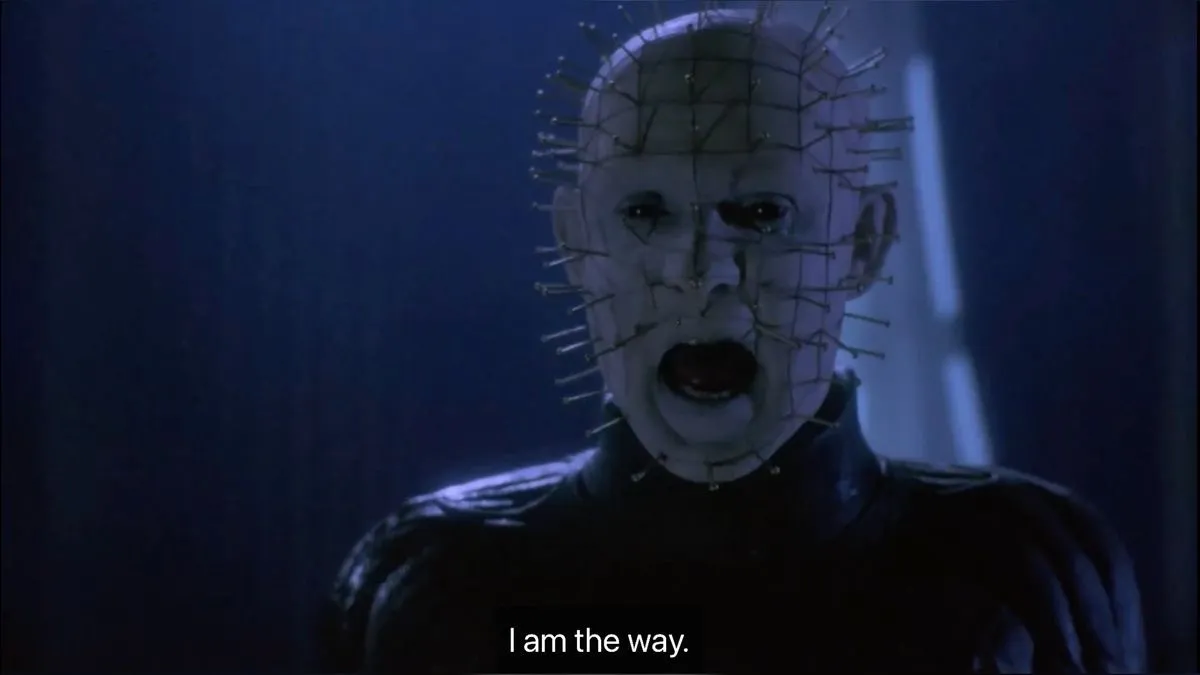Pain: I Am the Way

Pain is not an enemy. It is a priest, a gatekeeper, an architect of thresholds. It is the language of the body in revolt, the proof of life, the whisper of the flesh remembering it is mortal. It is the only certainty — the one gospel that never lies.
And yet we resist it. We fear it, curse it, run from it as if it were some anomaly, some punishment to be avoided. We speak of happiness as a birthright and suffering as a flaw in the design. But the design is suffering.
In the world of Hellraiser, this truth is laid bare, stripped of sentimentality and moral illusions. The Cenobites, those cold apostles of agony, understand what we try so hard to forget: pain is not a mistake. It is a dimension, a state of being. It is transcendence carved into nerve endings. The puzzle box is not a trap — it is an invitation.
“I am the way,” says Pinhead, and he means it. He is not a demon, not in the way we like to imagine. He is a messenger, offering a path through the labyrinth of flesh and desire. The suffering he inflicts is a mirror — it reflects what we already are: creatures of longing, of hunger, of wounds we refuse to name.
Why do we fight against pain, when it is the only thing that proves we are alive? Why not open the box willingly, not in pursuit of pleasure, but in search of understanding? The agony we fear is not always punishment. Sometimes it is the price of knowledge, of confronting the sublime terror of existence.
In Hellraiser, pain is revelation. It is the ecstatic undoing of the self, the dissolution of the boundary between desire and horror. It is the truth we flee from: that to feel is to suffer, and to suffer is to be.
So perhaps we should stop asking how can I avoid pain? and instead ask what does pain demand of me? In the end, there is no escaping it. There is only surrender — and in that surrender, perhaps, a kind of terrible grace.
Pain is not the enemy. It is the way.